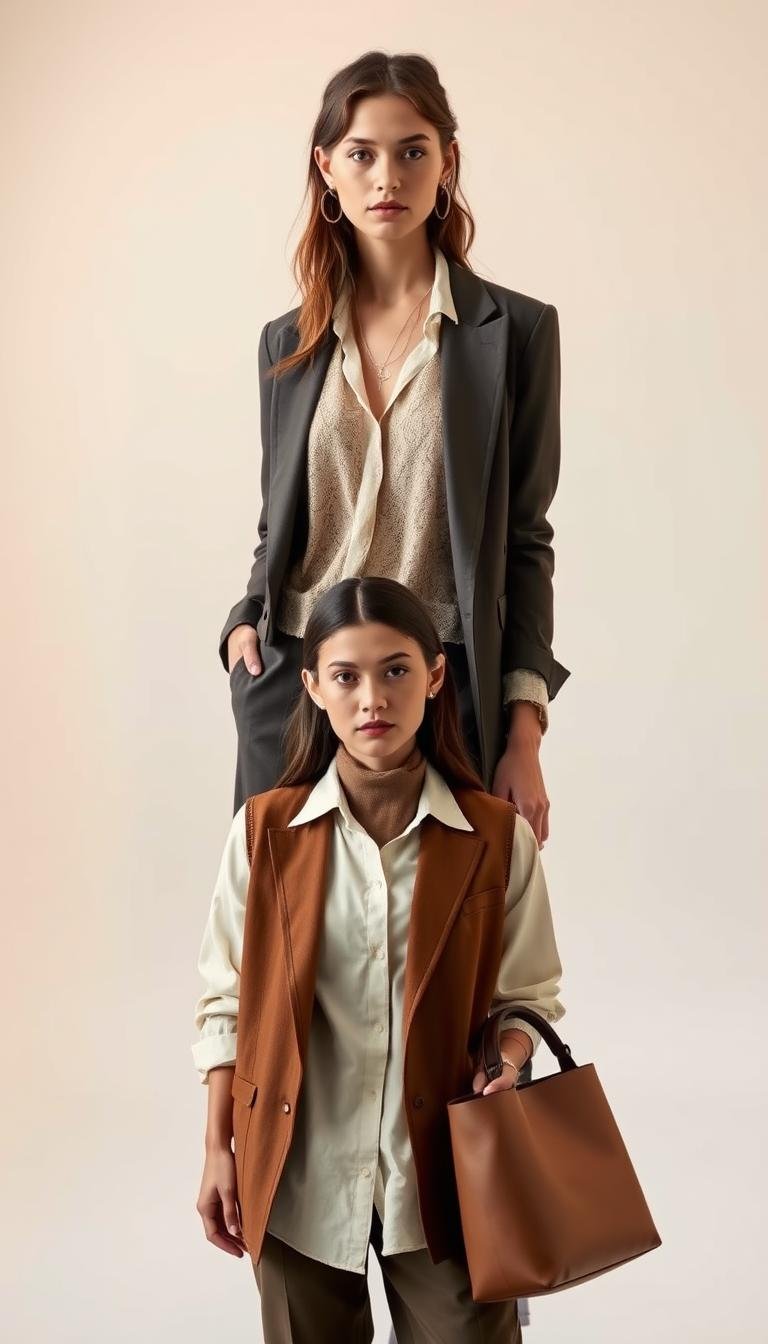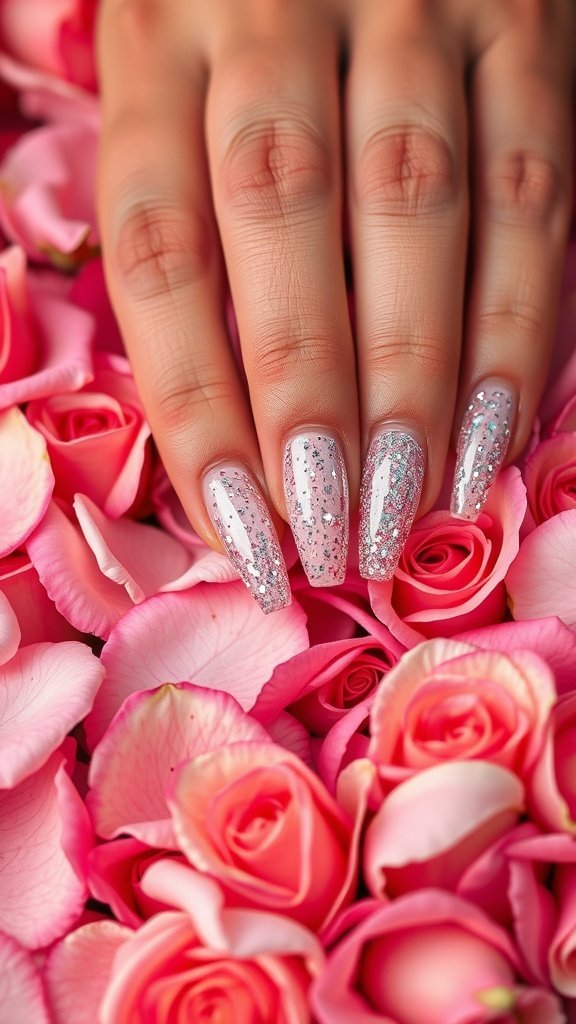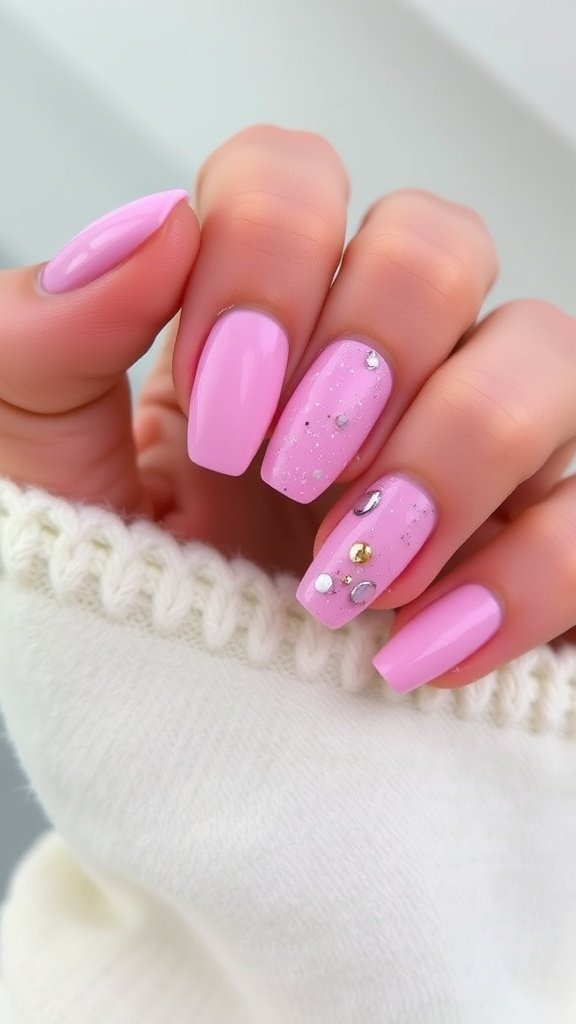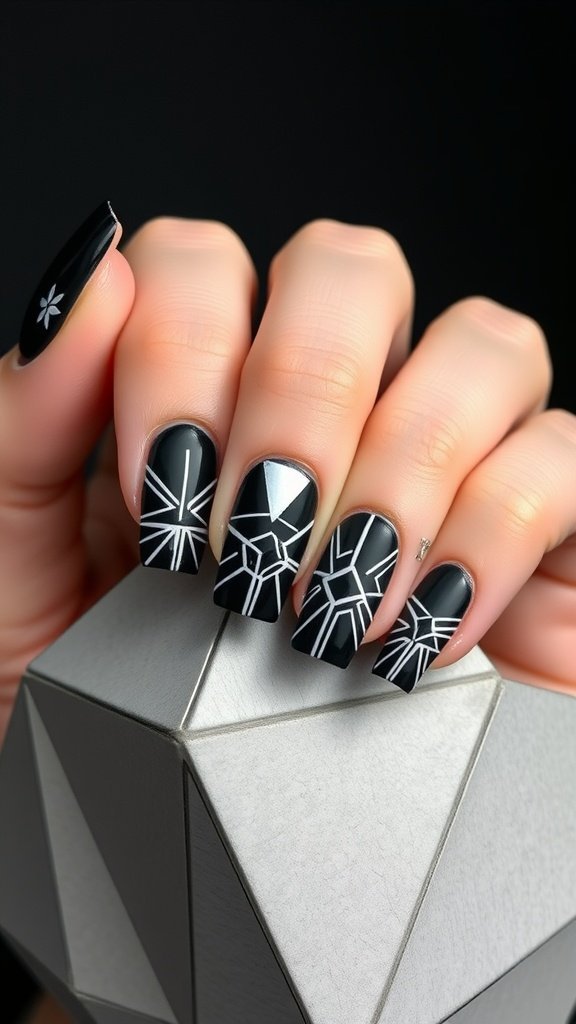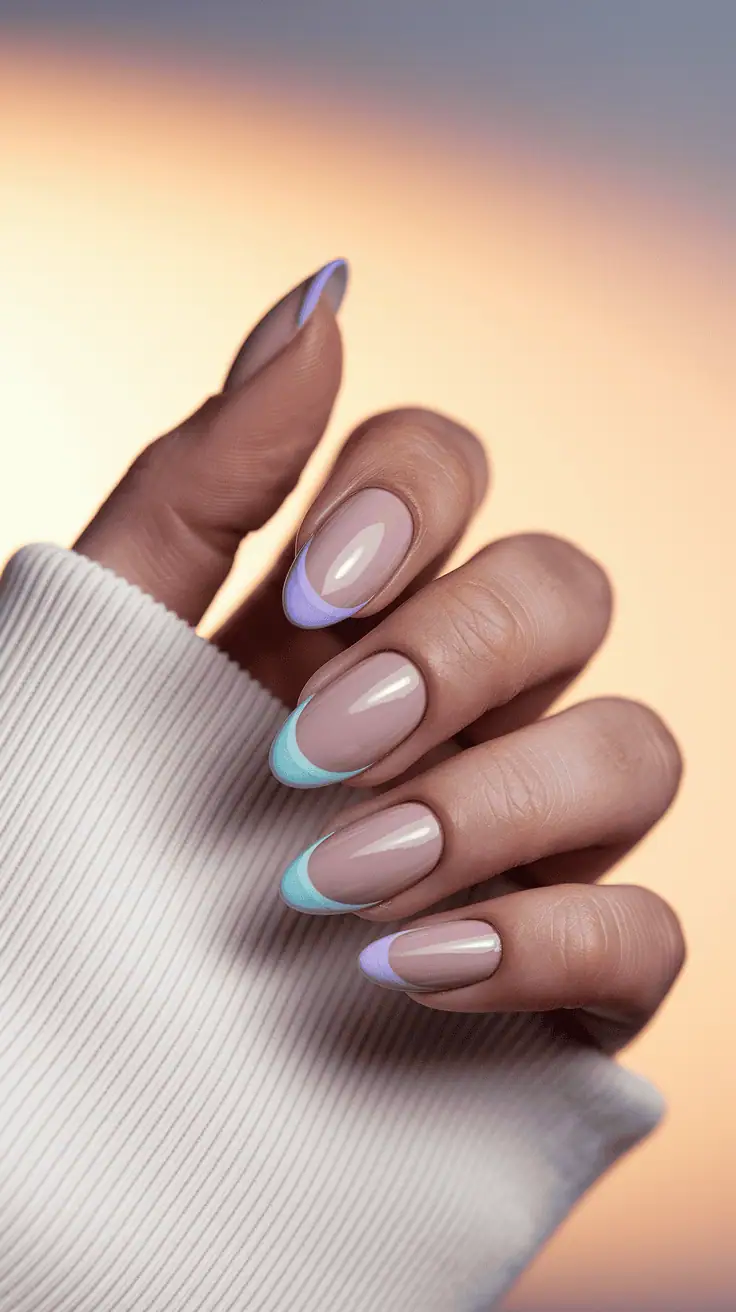12 Ways to Layer Outfits Without Looking Bulky
This post may contain affiliate links. As an Amazon Associate, I earn from qualifying purchases. If you click and buy, we may earn a small commission at no extra cost to you. Learn more.
Hey style lovers! 👋 We’ve all been there – wanting to stay warm and look great but ending up looking like a marshmallow. The struggle is real when trying to create chic layered looks without bulk.
We’ve put together this ultimate guide with game-changing techniques to transform your styling. You’ll learn how to layer like a pro, keeping your look sleek and stylish.
We’ll cover everything from the right fabrics to advanced styling tricks. These outfit layering tips will help you deal with unpredictable weather and create stunning outfits.
Get ready to change your wardrobe and say goodbye to bulky fashion fails forever! ✨ Your perfectly layered, effortlessly chic looks are just around the corner.
Contents
- 1 Understanding the Fundamentals of Slim Layering
- 2 Building the Perfect Foundation
- 3 Smart Fabric Selection Strategies
- 4 Mastering Silhouette and Fit Principles
- 5 Essential Techniques for Layering Outfits
- 6 Color and Visual Flow Coordination
- 7 Advanced Styling and Accessory Integration
- 8 Seasonal Adaptations and Climate-Specific Tips
- 9 Conclusion
Understanding the Fundamentals of Slim Layering
Ever wondered why some people look amazing in multiple layers while others appear overwhelmed? 🤔 It’s not luck or talent. It’s knowing the key principles of stylish layering.
We’re about to dive into the science of creating sleek looks with multiple pieces. It’s not just about adding more clothes. Smart layering means understanding fabrics, air flow, and body shape.
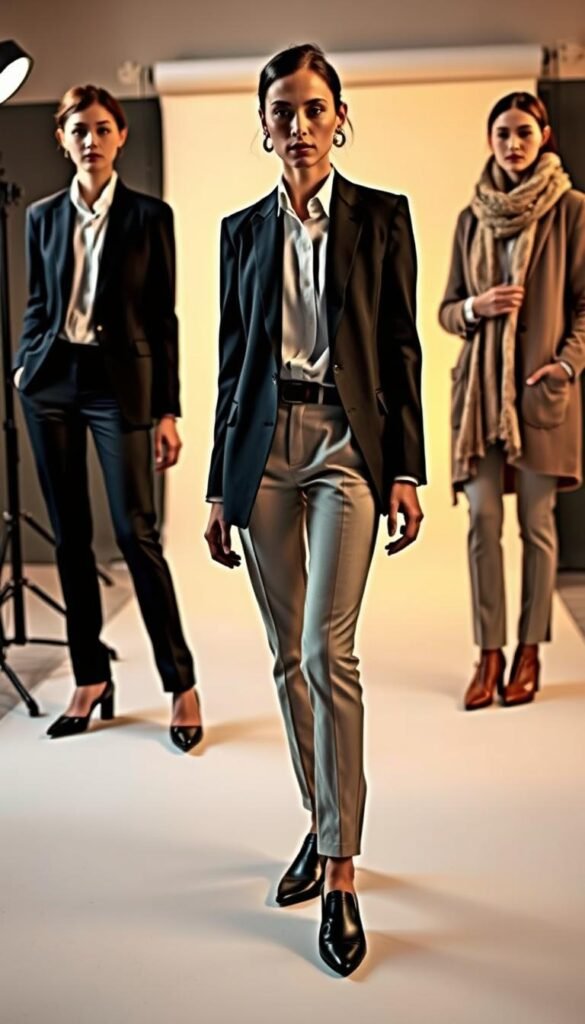
The Science Behind Bulk-Free Layering
The physics of fashion layering is really cool! It’s about fabric weight, drape, and air flow. When done right, each layer works well together without adding bulk.
Layering is like building a house. You need a solid base and the right materials. Start with lightweight fabrics that hug your body. Then add pieces that follow your shape.
Choosing the right materials is key. Natural fibers like merino wool and silk are great. Synthetic blends can work too, but they need to be made for layering.
Common Mistakes That Create Unwanted Volume
Let’s talk about major layering fails we’ve all seen! 😅 The biggest mistake is thinking loose is always better. It’s not! Baggy layers hide your shape.
Ignoring fabric thickness is another big mistake. Too thick layers make you look like a marshmallow. And don’t forget about proportions. Too much volume makes you look bigger.
Choosing the wrong textures is also a common error. When layers have different weights and drapes, your outfit looks messy. It’s like you got dressed in the dark! 🌙
Knowing these layering techniques basics will help you create chic looks like the ones on social media.
Building the Perfect Foundation
Think of your base layer as the unsung hero of every perfectly layered outfit. It’s those game-changing pieces that create the invisible foundation for all your layering without bulk magic! ✨
Your foundation determines whether you’ll look effortlessly chic or like you’re drowning in fabric. The right base pieces work so seamlessly that nobody even knows they’re there. That’s exactly what we want!
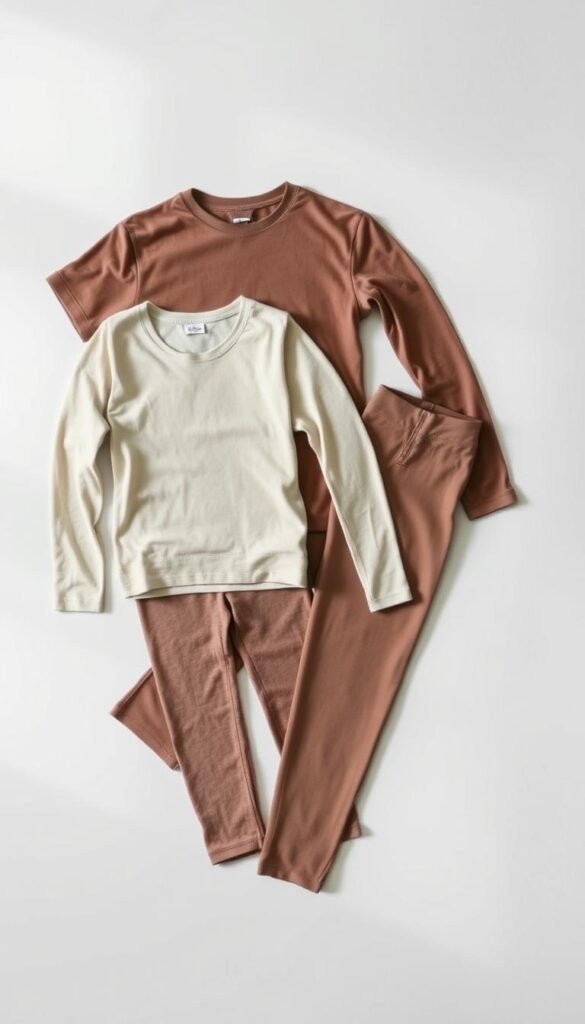
Start with Ultra-Thin Base Layers
Ultra-thin base layers are your secret weapon for creating clothing layers that actually work. We’re not talking about regular cotton tees here – those add bulk and create unwanted texture under your outer pieces.
Look for base layers that feel like a second skin. The best ones are so thin you’ll forget you’re wearing them. Seamless construction is key because it eliminates those annoying lines that show through fitted tops.
Here’s what to prioritize when shopping for ultra-thin bases:
- Flat-seam construction to prevent visible lines
- Stretchy materials that move with your body
- Lightweight fabrics under 150 GSM weight
- Close-to-body fit without being restrictive
Choose Moisture-Wicking Fabrics
Moisture-wicking fabrics keep you comfortable while maintaining that sleek silhouette we’re after. Nobody wants to feel sticky or uncomfortable in their carefully crafted layers!
These technical fabrics pull sweat away from your skin and help it evaporate quickly. This means you stay dry and your base layer clothing doesn’t cling or bunch up throughout the day.
The best moisture-wicking options include synthetic blends, bamboo fibers, and modern merino wool. They work harder so your style looks effortless – exactly what we want for successful layering without bulk.
Invest in Quality Merino Wool Basics
Merino wool isn’t your grandmother’s itchy sweater material anymore! Modern merino basics are incredibly thin, naturally temperature-regulating, and odor-resistant. Talk about a triple win! 🙌
Quality merino pieces are worth every penny because they work in all seasons. They keep you cool when it’s warm and provide insulation when temperatures drop. This versatility makes them perfect for clothing layers that adapt to changing conditions.
The best merino base layers feel buttery soft against your skin and create zero bulk under blazers, cardigans, or structured pieces. Once you experience the difference quality merino makes, there’s honestly no going back to basic cotton!
Smart Fabric Selection Strategies
Choosing the right fabrics is key to looking great without bulk. We’ll share tips to help you layer like a pro! 🌟 The right materials create depth without adding bulk to your look.
Think of fabric selection as building a team. Each piece should work well with others, adding its own special touch. Mastering this skill makes your outfits chic and comfy.
4. Prioritize Lightweight, Breathable Materials
Lightweight fabrics are essential for layering. They feel soft but are stylish. Silk blouses, cotton voile, and fine merino wool are great choices.
These fabrics let air through while keeping shape. You can wear three light layers and stay cool. Technical synthetic blends are also great, mixing athletic wear’s benefits with luxury.
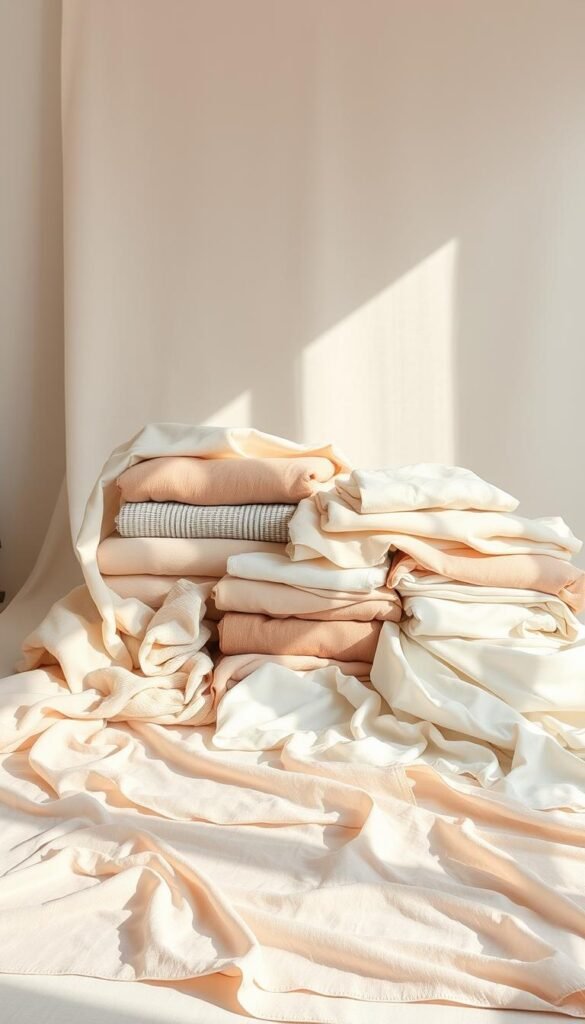
Choose materials that compress well without losing shape. When pressed, they fit together smoothly. This gives you the sleek look layering guides recommend.
5. Avoid Thick, Chunky Textures in Multiple Layers
Chunky textures are layering’s biggest enemy! A thick sweater looks great alone but adds bulk when layered. We’ve all felt like a marshmallow instead of a fashion star.
Go for smooth fabrics that add interest without bulk. Fine-gauge knit is cozy like chunky wool but fits better with other layers. Structured blazers over silk camis look better than thick cardigans.
Winter layering doesn’t mean you have to give up style. Pick one bold texture piece and layer sleek materials around it. This keeps you warm and stylish! ✨
Mastering Silhouette and Fit Principles
When layering clothes, your silhouette is key. It can make you look polished or overwhelmed. We’ll explore the secrets that make you look like a pro! ✨
Your layered look is like a building. Each piece must fit well with the others. The magic happens when you get the fit right from start to finish.
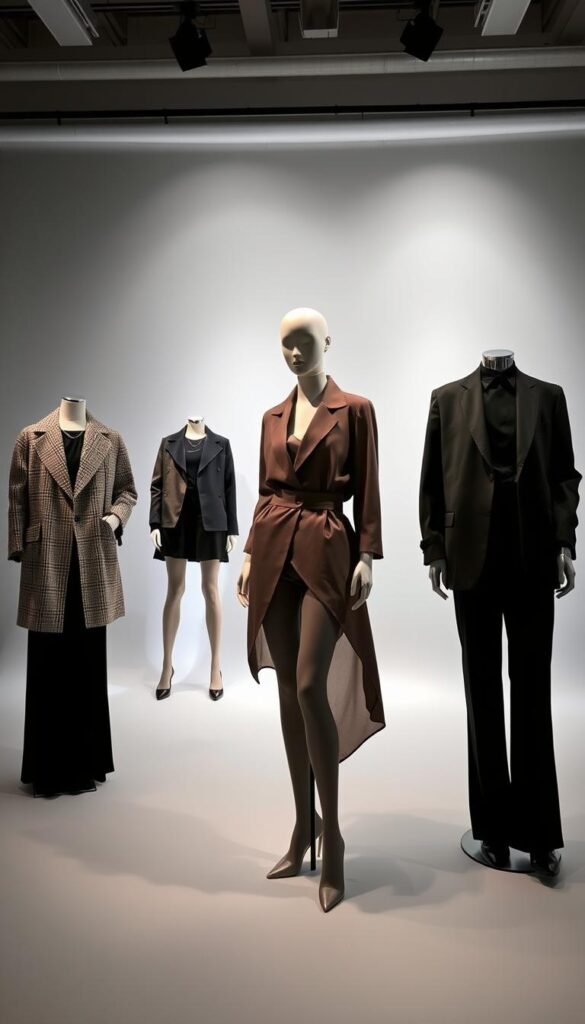
Follow the Fitted-to-Loose Progression Rule
Silhouette layering is exciting! The fitted-to-loose rule is your secret to effortless style. Start with a fitted piece next to your skin, then add looser layers.
Imagine a fitted tank, a loose blouse, and a relaxed cardigan. Each layer adds to the look without bulk. This creates a flattering and functional effect.
The key is gradual progression. Don’t go from tight to loose too fast. Instead, transition smoothly. This works for every body type!
Use Structured Pieces as Statement Outer Layers
Now, let’s get strategic with outfit proportions! Structured pieces are your secret for statement outer layers. A tailored blazer or vest can elevate your look.
Structured pieces create clean lines and definition. They frame your look, giving shape to softer layers. Think of them as the exclamation point of your style!
Choose structured pieces that fit your body and wardrobe. Balance structure with softness. Your structured outer layer should provide shape, while inner layers add texture. This makes you look like you always nail layering clothes! 🔥
Essential Techniques for Layering Outfits
Ready to boost your layering skills with some top styling secrets? 🎯 These layering styling techniques set casual dressers apart from style experts. They’re the small details that make a big difference in how you look.
The secret lies in the details. Strategic placement and careful styling choices enhance your look. These tips are not just basic. They’re advanced techniques that turn simple outfits into stunning looks.
Master the Art of Strategic Tucking and Draping
Strategic tucking is the secret weapon for effortless style. The half-tuck adds a touch of sophistication by tucking the front of your shirt into your pants. It works well with cardigans or blazers, adding interest without bulk.
The side-tuck adds a unique appeal, perfect for flowy tops. Tuck one side into your waistband while letting the other drape freely. This creates movement and keeps your layers looking relaxed.
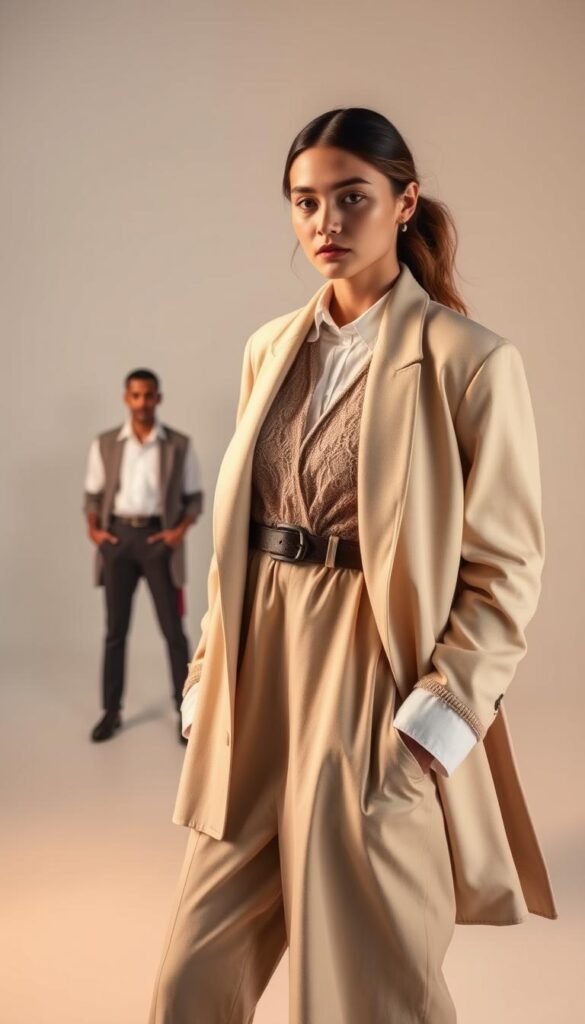
Front-tucking is great for fitted tops under loose outer layers. It defines your waistline while keeping the look relaxed. The trick is to make these choices look planned, not accidental.
Draping is about understanding fabric behavior. Let lightweight fabrics flow while controlling structured ones. This balance creates visual rhythm that enhances your silhouette.
Utilize Open Cardigans and Unstructured Blazers
Open cardigans are layering game-changers because they add elegance without bulk. Choose cardigans that hit at your hip or slightly below for the best look. The open front elongates your frame.
Unstructured blazers add polish without stiffness. Look for soft shoulders and drapey fabrics. These pieces make basic outfits like tees and jeans look effortlessly chic.
“The best layering tips focus on creating intentional lines and shapes that flatter your figure while maintaining that effortless vibe.”
Rolling sleeves on blazers and cardigans adds a casual touch. Push sleeves up to three-quarter length to show your base layer. This prevents overwhelming your frame and adds texture.
Mastering these layering techniques makes asymmetrical styling second nature. The goal is to create intentional imperfection that looks effortlessly put-together. 🌟
Color and Visual Flow Coordination
The secret to effortless layering is mastering color coordination layering and visual flow. Understanding how colors work together makes your outfits look more expensive and intentional. We’ll share visual styling tips that will change how you layer! 🎨
Color is your ally in creating streamlined silhouettes. Instead of fighting bulk, use color to add depth and interest. It’s all about how different hues work together in layered looks.
Create Cohesion with Monochromatic Color Schemes
Monochromatic layering is magical for that chic look we all want. Layering different shades and textures in the same color family creates harmony. It’s incredibly sophisticated.
Begin with your base color and add various tones and textures. Try creamy whites with ivory and champagne, or deep navy with powder blue and denim. This way, you can layer without chaos.
Tonal dressing is versatile. Mix fabrics like silk, cotton, and wool in the same color. A cashmere sweater over a silk blouse in grays adds depth through texture, not color.
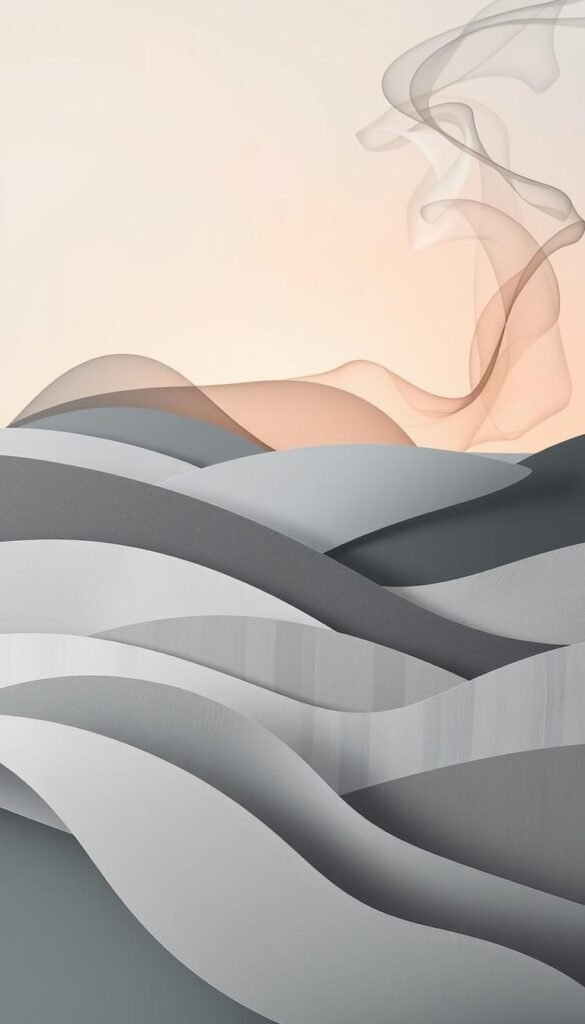
Use Vertical Lines to Elongate Your Silhouette
Vertical lines are key for length and lean proportions. Visual styling tips don’t get more powerful than this! Long cardigans, open blazers, and flowing scarves make you look taller and slimmer.
Strategic unbuttoning creates these lines naturally. Leave your cardigan open, unbutton your blazer, or let a scarf drape vertically. These simple moves make you appear taller and slimmer.
Color blocking in vertical elements boosts this effect. A long, dark cardigan over lighter layers creates a strong vertical line. This contrast defines your silhouette while keeping the look sleek! ✨
Advanced Styling and Accessory Integration
Now we’re diving into the fun part – layering accessories that transform your layered looks from basic to brilliant! This is where you can really showcase your personal style while keeping that sleek, unbulky silhouette we’ve been working toward. The right accessories don’t just complete your outfit – they’re powerful tools that create dimension and polish.
12. Add Strategic Dimension with Scarves and Belts
Mastering scarf layering techniques is like having a secret styling superpower! Lightweight silk squares add instant sophistication without any bulk. They’re perfect for tucking into blazers or draping loosely around your neck.
Infinity scarves create cozy texture while maintaining clean lines. The key is choosing the right weight – go for medium-weight knits that drape beautifully without overwhelming your layers. Try the loop-and-pull method for a polished look that stays put all day.
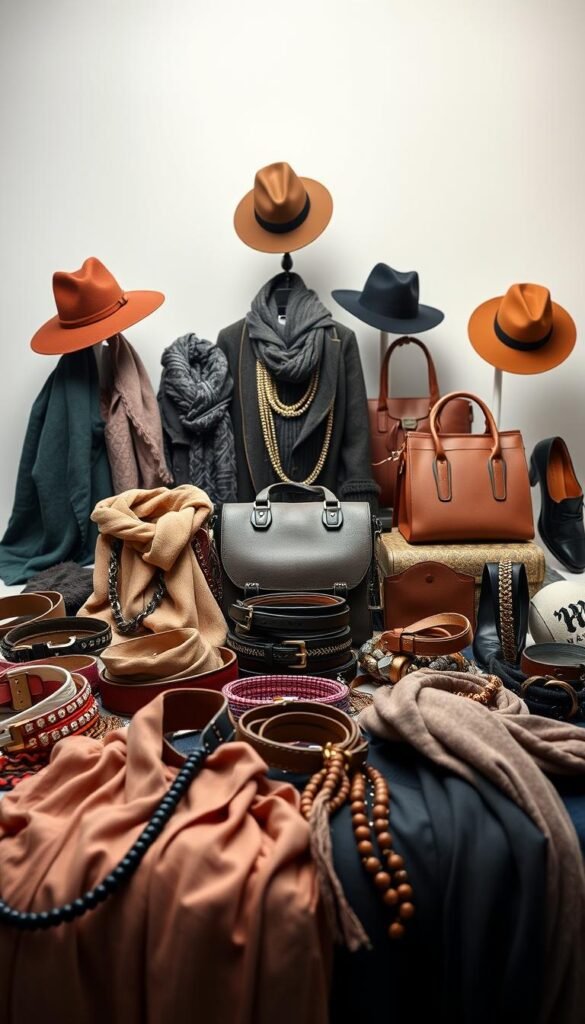
Now let’s talk belt styling tips – these are absolute game-changers for defining your silhouette! Belting over cardigans instantly creates that coveted hourglass shape. Choose medium-width belts that won’t create bulk when worn over multiple layers.
The magic happens when you belt blazers and coats at your natural waist. This technique prevents the dreaded “shapeless blob” effect that can happen with thick layers. Avoid wide belts over chunky knits – they create unwanted bulk instead of definition.
Choosing Streamlined Outerwear Options
Your outerwear should complement your layers, not compete with them. Sleek trench coats are perfect for this – they provide coverage without adding unnecessary volume. Look for styles with clean lines and minimal hardware.
Fitted wool coats work beautifully over layered outfits. The key is ensuring your coat has enough room in the shoulders and chest without being oversized everywhere else. This creates a polished silhouette that doesn’t sacrifice warmth or style.
Consider structured blazers as lighter outerwear options. They add sophistication while maintaining the streamlined look you’ve worked so hard to achieve. Choose fabrics that drape well and avoid stiff materials that create unwanted bulk.
Seasonal Adaptations and Climate-Specific Tips
Smart seasonal layering keeps you comfy and stylish all year! 🌡️ Each season has its own weather, and knowing how to dress for it is key. We’ll show you how to stay stylish in every climate.
It’s important to know how temperature, humidity, and wind affect your outfits. We’re here to guide you through every season, keeping your style sharp.
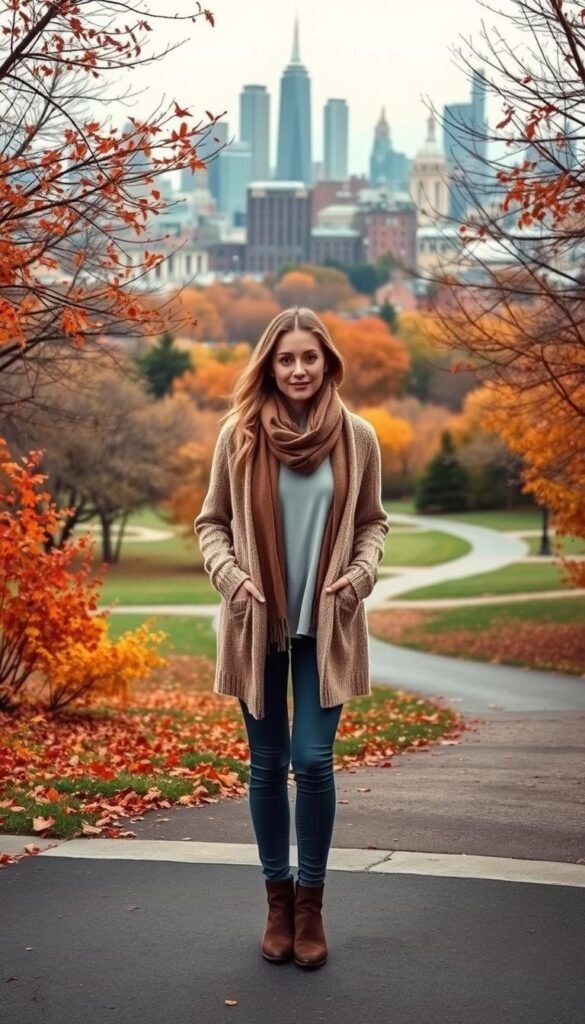
Winter Layering Without the Bulk
Winter doesn’t mean you have to look bulky! The trick to winter layering tips is picking the right materials and where to place them.
Begin with thin thermal base layers, like merino wool or synthetic blends. They keep you warm without adding bulk. Your middle layer should be insulating, like a lightweight down vest or cashmere sweater.
For the outside, choose a streamlined coat that’s wind-resistant and breathable. Avoid bulky puffy jackets. Instead, go for tailored wool coats or sleek puffer styles that keep your shape.
Transitional Season Strategies
Spring and fall weather can change fast, making transitional weather outfits a challenge. The answer? Removable layers that you can adjust on the fly!
Begin with a light base layer and add pieces you can take off as it gets warmer. Think cardigans that tie around your waist, scarves that fold into your bag, and blazers for both cool mornings and warm afternoons.
Keep a light jacket or wrap handy for sudden cold snaps. This way, you’re ready without over-dressing from the start.
Remember, your location affects your style too! In humid areas, choose breathable fabrics. In dry climates, you can use slightly heavier materials. Your location doesn’t limit your style – just adjust these tips to fit your local weather! 🌟
Conclusion
You’ve now discovered the complete roadmap to layering mastery! These 12 techniques change how you dress every day. From ultra-thin base layers to strategic accessorizing, each method builds your outfit layering confidence step by step.
The beauty of this stylish layering summary lies in its flexibility. You can mix lightweight fabrics for summer evenings or create winter-ready looks without the bulk. The fitted-to-loose progression rule works whether you’re heading to the office or weekend brunch.
Remember, great layering starts with intention. Every piece should serve a purpose in your overall look. Quality merino wool basics, moisture-wicking fabrics, and structured outer layers become your styling foundation. These aren’t just fashion rules – they’re your confidence boosters! ✨
Start small by practicing one technique at a time. Master the art of strategic tucking before moving to complex color coordination. Soon, you’ll instinctively know which fabrics work together and how to create that perfect silhouette.
Your layering mastery journey doesn’t end here. Each season brings new opportunities to refine these skills. Trust the process, experiment with different combinations, and most importantly, have fun with your style evolution! 🌟

